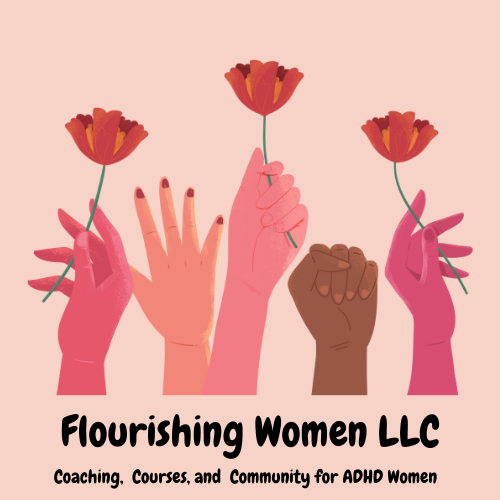🧠 The Workplace Isn’t Built for Every Brain
Sensory overload isn’t a personal failing — it’s a workplace design flaw. Most modern offices use open-plan layouts, harsh lighting, and constant distractions, creating environments that aren’t built for neurodivergent needs.
A recent 2025 white paper by Codex, in partnership with Braver Coaching & Consulting, surveyed 220 neurodivergent professionals in full‑time roles across Ireland and the UK, confirming that sensory challenges—especially noise, lighting, and social interaction—are daily accessibility barriers.
📊 What the Study Found: Sensory Barriers Are the Norm
Participants identified with:
-
ADHD: 162
-
Autism: 137
-
Dyslexia: 80
-
Dyspraxia: 62
-
Multiple neurotypes:
Key stats:
-
61% reported noise as a major barrier
-
56% cited lighting issues
-
55% struggled with social interaction
Other common issues included communication challenges, processing speed, and managerial misunderstandings.
👉 These findings confirm: it’s not about deficits in individuals—it’s about environmental mismatches.
🌍 Why This Matters for ADHD and Autistic Women
So many ADHD and autistic women hide their sensory overwhelm to fit in, leading to burnout, disconnection, and frustration.
Common triggers:
-
Noise → shutdowns, migraines, overstimulation
-
Harsh lighting → panic or visual strain
-
Social expectations (small talk, eye contact, team lunches) → exhausting and anxiety‑inducing
✨ These are access needs, not preferences.
🏢 The Case for Neuroinclusion: Better for People and Performance
A striking 94% of participants said neurodiversity education and inclusion initiatives would improve their ability to function at work
Neuroinclusive workplaces deliver measurable benefits:
-
Lower turnover
-
Greater innovation
-
Higher morale
-
Enhanced decision‑making
🛠️ Practical Solutions Based on the Report
Sensory‑Aware Design:
-
Quiet zones, noise‑dampening furniture
-
Adjustable, warm-tone lighting
-
Mindful layout to reduce sensory clutter
Flexible Communication:
-
Offer tasks in written and verbal forms
-
Allow processing time after meetings
-
Use asynchronous channels (Slack, Notion)
Structural Supports:
-
Remote/flexible work
-
Task batching and autonomy in scheduling
-
Crystal-clear timelines and deliverables
Culture Shifts:
-
Neurodiversity training for leaders
-
ND‑led mentorship & peer networks
-
Consent-based social norms (no pressured participation) gobraver.com
💬 Advocacy Prompts You Can Use
Healthy phrases to open dialogue:
-
“Have you considered how noise or lighting affect productivity?”
-
“Can we add structured processing time after meetings?”
-
“Would a sensory audit of our workspace help the team?”
-
“Can I share my work‑style preferences to perform my best?”
These aren’t complaints—they’re invitations to co‑create inclusive spaces.
🧠 Redefining Professionalism by Centering Access
When neurotypical norms define professionalism, brilliance is left out. Neuroinclusive design:
-
Invites creativity
-
Supports deep focus
-
Elevates authentic problem‑solving
-
Makes workplaces psychologically safer
📣 Take Action
If you’re an ADHD or autistic woman working in a sensory-overwhelming environment, you’re not weak — you’re advocating for access.
Here’s how to start:
-
Open up compassionate, practical conversations using the scripts above
-
Help normalize accommodations as necessary supports
-
Push for neuroinclusion—not just inclusion—for broader company well‑being
